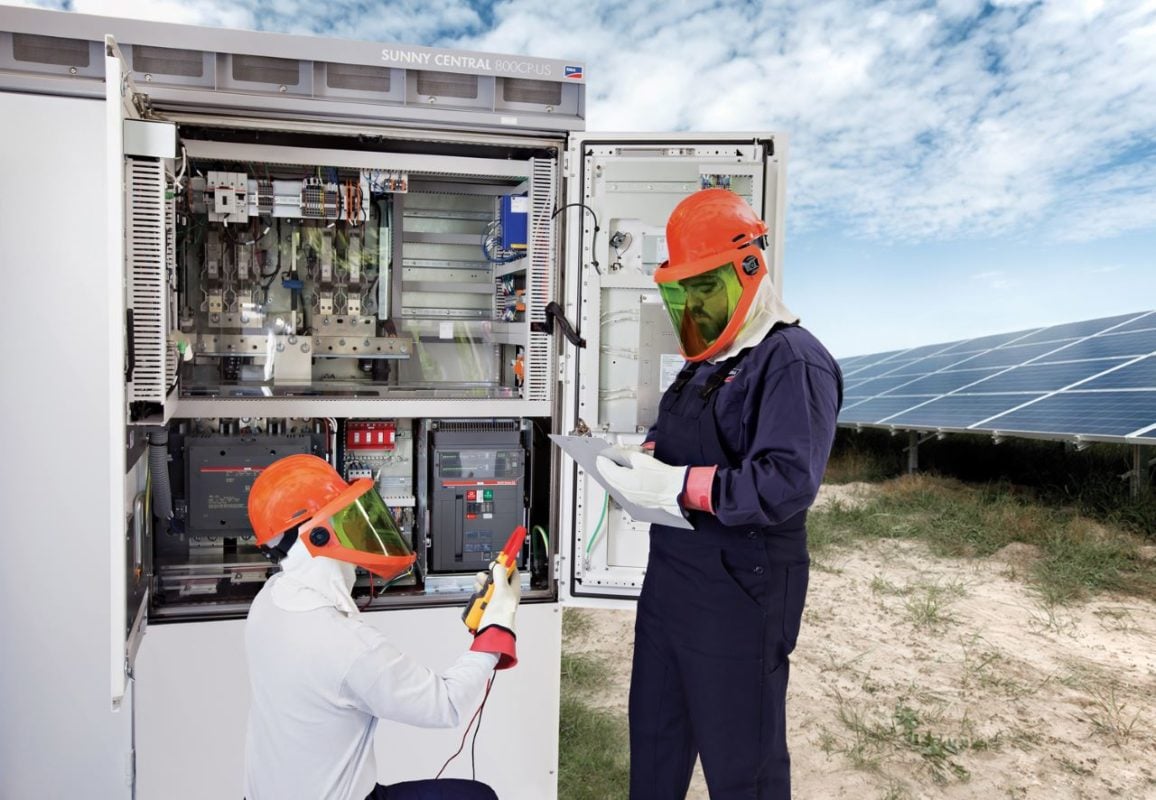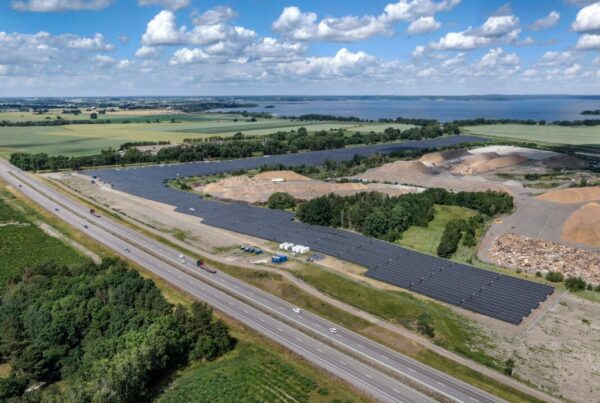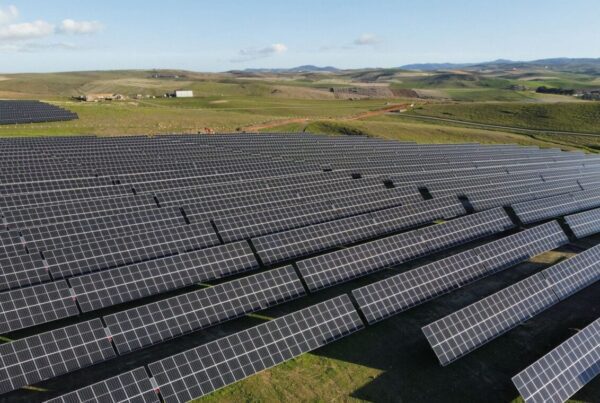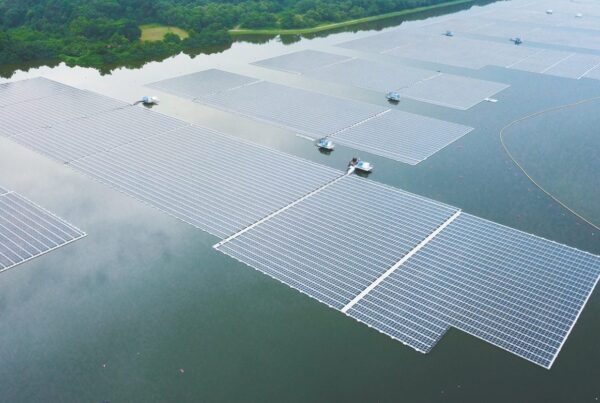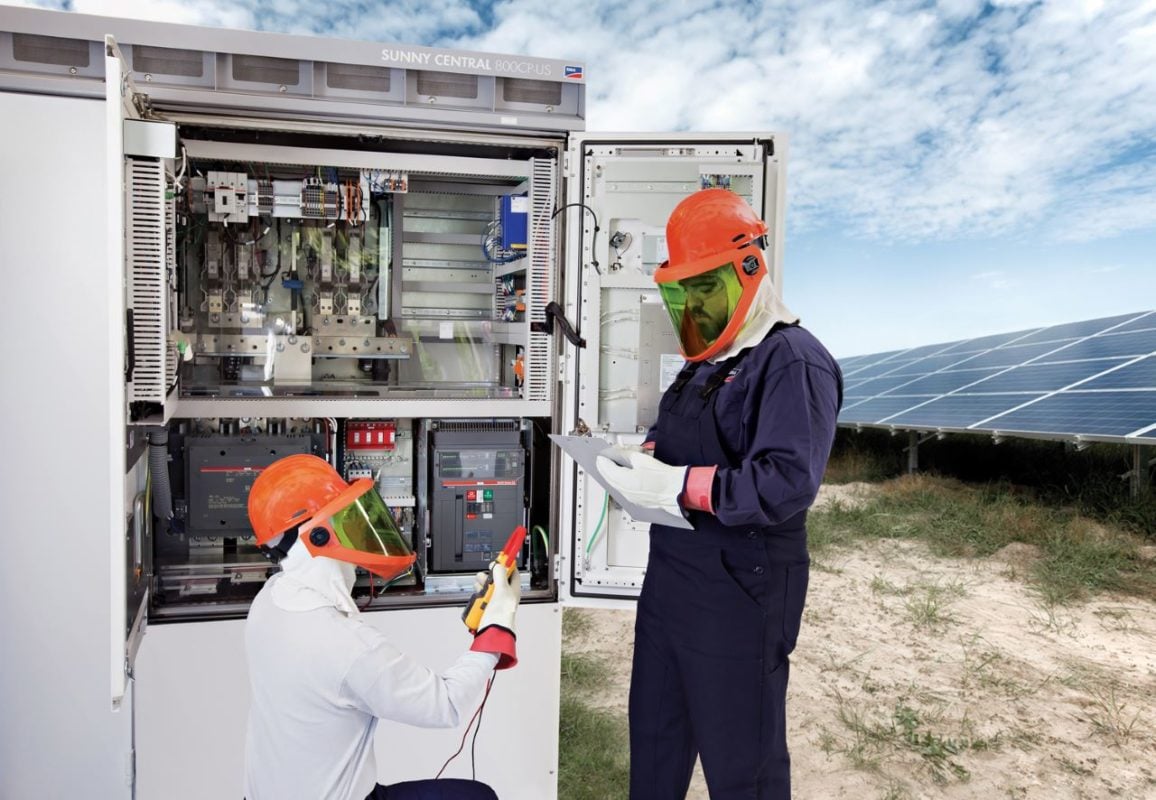
SMA Solar’s sales reached €684.9 million (US$797.5 million) in the first six months of 2025, of which the residential sector fulfilled just €54.0 million (US$63 million) and the C&I sector €62.1 million (US$72.3 million).
In the first half of 2024, sales in those two sectors reached €109.9 million (US$128.1 million) and €113.6 million (US$132.5 million) respectively. This was down further from H1 2023, when residential sales reached €327.3 million (US$381.6 million) and C&I €194.2 million (US$226.4 million).
“The market for residential and commercial systems remained weak in the first half of 2025. Alongside declining growth rates in Germany, competition and price pressures from Asian suppliers has once again risen,” said Jürgen Reinert, CEO of SMA. “Furthermore, some distributors have persistently high inventory levels, which are only being reduced very slowly.”
This is a familiar story for Western inverter manufacturers over the last year. The major players – SMA Solar, Solaredge, Enphase Energy and Fronius – have all seen losses, job cuts and declining fortunes due to slowed demand in the residential sector and increased competition from Chinese competitors.
We analysed the market situation for Western inverter producers in an edition of PV Tech Power earlier this year, which can be read here (subscription required).
SMA blamed lower sales and the “lower fixed cost degression” in the residential business as a main reason for the decline in its H1 2025 EBITDA margin, which is drastically down from 10.6% this time last year to 1.3% in the first half of 2025. Total EBITDA amounted to €55.1 million (US$64.2 million).
By contrast, the large-scale sector saw an uptick in Jan-June 2025. SMA recorded large-scale sector sales of €568.8 million (US$662 million), up from €535.8 million (US$624 million) in the same period of 2024. The company expected this uptick, and Reinert said the “outlook for this market segment remains good.”
However, the changes to trade, customs and tax policy in the US are “challenging” for SMA, the company said.
“The challenging market environment in [residential sector] and the increased uncertainty due to tariffs, trade barriers, and the [One, Big, Beautiful Bill] grew significantly once again in the second quarter,” SMA CFO Kaveh Rouhi said.
The bill – which introduces early end points for solar deployment tax credits and strict compliance rules around the start of project construction and exposure to certain foreign “entities” and products – “could have a negative impact on the prospects for the development of the photovoltaic market in the USA in the mid- to long term,” the SMA managing board said.
You can read more about the state of play in the US solar market here (subscription required).
SMA has forecast its yearly sales downwards to between €1,500 million (US$1748.9 million) and €1,550 million (US$1807.2 million), and yearly EBITDA of around €80 million (US$93.3 million).
It concluded: “ In addition to the deterioration in the macroeconomic environment and the declining growth rates in the residential and commercial sectors, the reasons for the downward revision to the lower third of the forecast range are the increased uncertainties caused by volatile customs policies and the potential direct and indirect effects on SMA’s business.”


